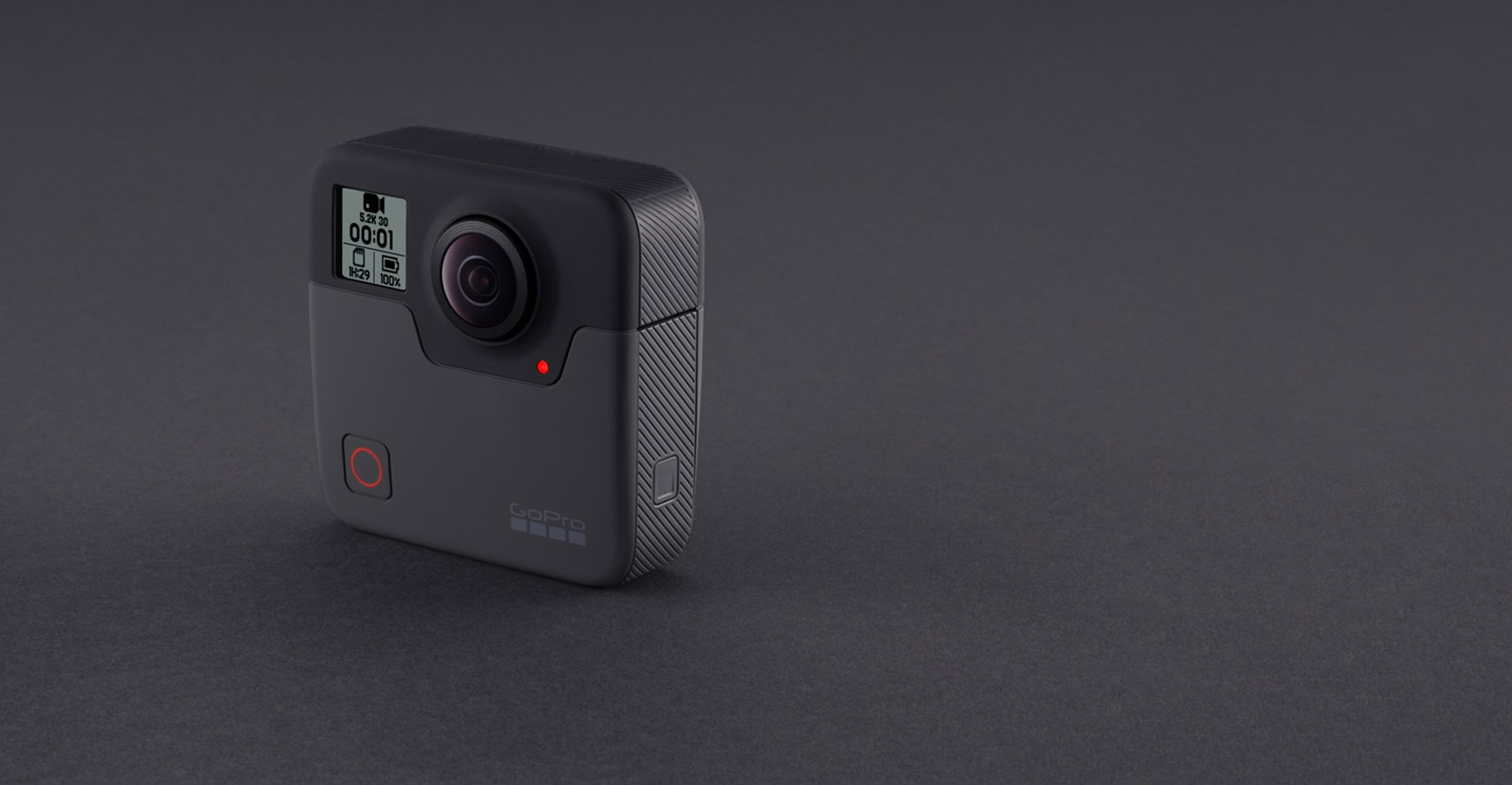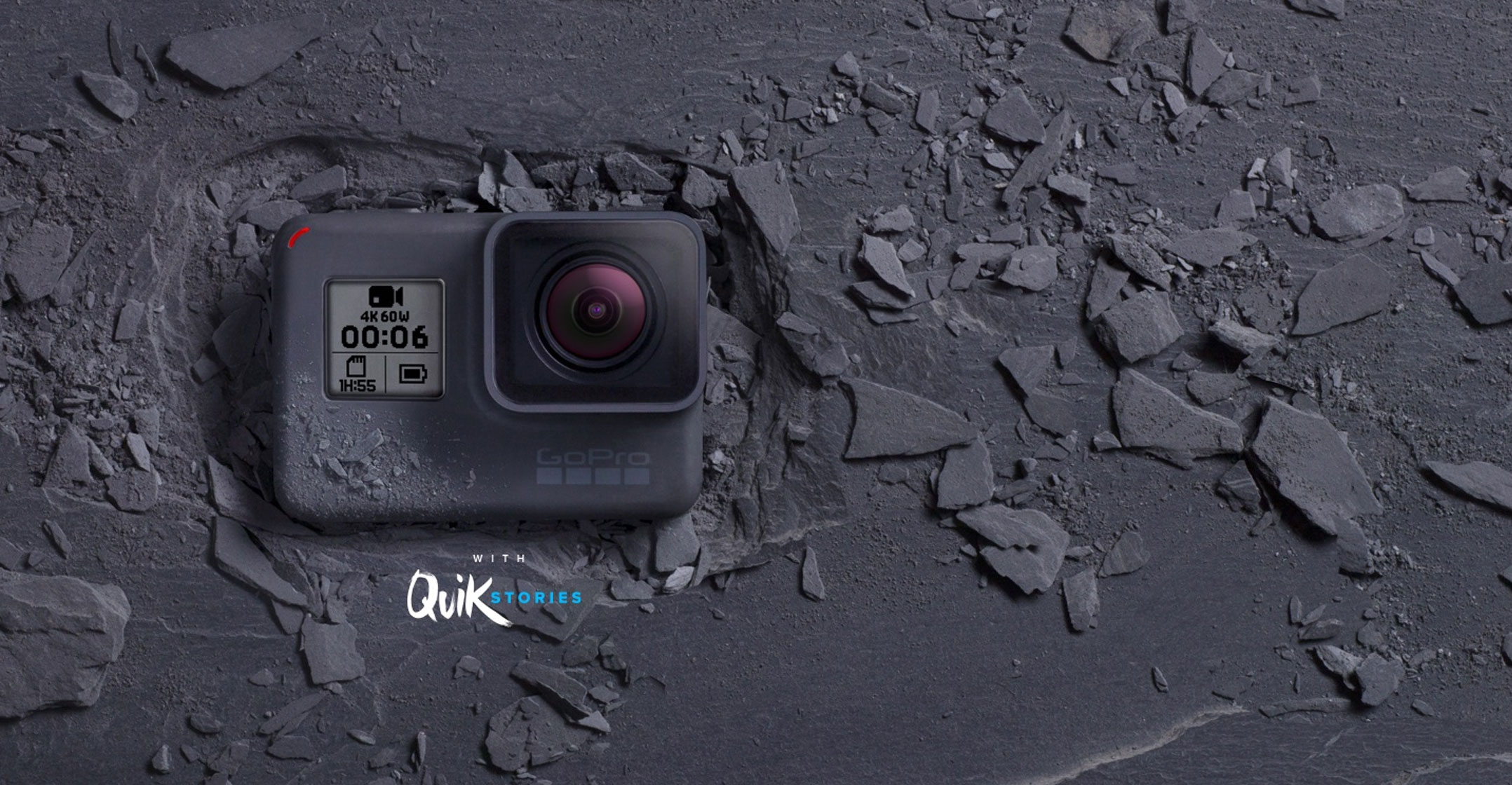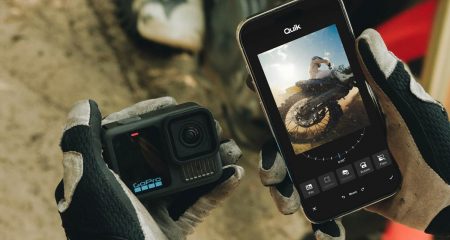
GoPro has unveiled the latest version of its Hero line of wearable action cameras and its first spherical device for virtual-reality video, marking the company’s efforts to boost sagging demand with higher-end hardware.
The waterproof Hero6 will use GoPro’s custom-designed processor and offers digital zoom, greater image stabilisation and other improved features. It has a price tag of $500, or $100 more than the previous version. The Fusion camera, which can capture 360-degree video, will sell for $700.
After a challenging 2016 marked by production delays and the recall of its new drone, CEO Nick Woodman has focused on making GoPro’s cameras easier to use and more appealing to a broader base of consumers.
The new Hero6 camera is compatible with the QuickStories application, which automatically creates short videos from the captured content.
The company is aiming its Fusion camera at its core base of outdoor enthusiasts and others interested in the ability to create videos for virtual reality. GoPro faces numerous competitors such as Samsung Electronics and Nokia with spherical cameras that cost from several hundred to tens of thousands of dollars.
GoPro reported in August that second quarter revenue climbed 34% from a year earlier, beating estimates, while losses narrowed. Earlier this month the company announced that third-quarter sales and margins would be at the high end of its forecast. GoPro’s shares had rallied 34% since the start of the year through Wednesday’s close, suggesting investors believe cost cuts and updated products have stabilised the San Mateo, California-based company.

“The prevailing sentiment had been that the action camera market was being rapidly commoditised. It seems like GoPro’s brand is strong enough to at least domestically withstand that onslaught,” said Joe Wittine, an analyst at Longbow Research. — Reported by Selina Wang, (c) 2017 Bloomberg LP




